Famous Chinese Teapot Makers and Regional Styles
Introduction: Why Famous Chinese Teapot Makers and Regional Styles Matter?
If you’ve ever poured tea from a handcrafted Chinese teapot, you know it’s more than just a vessel—it’s an experience steeped in centuries of artistry and tradition. The world of Famous Chinese Teapot Makers and Regional Styles isn’t just for collectors or tea aficionados; it’s a living testament to history, culture, and the delicate balance between craftsmanship and functionality. Chinese teapots have captivated imaginations for many centuries: their elegant forms, playful designs and mysterious affect on the taste of tea. So what makes them so special? First of all, each region of China had its own distinct style: local materials, distinctive firing techniques and the uniquely playful genius of its master craftsman. But these ancient makers were more than mere moulders of clay, more even than potters. They were artists that developed entire cultures around their teapots. Their wares became the centre of social rituals, literary exchanges and spiritual meditations. Whether you prefer the no-nonsense, earthy style of a Yixing clay teapot or the minimal elegance of Jingdezhen porcelain, understanding the history that made these vessels inevitable will cultivate your appreciation for tea itself. Famous Chinese teapot makers developed legacies that continue forever. Their respective regional styles continue to inspire collectors and tea enthusiasts to this day. Let’s embark on a journey through time, craftsmanship, and regional variations. You will learn why these makers and their distinctive styles are important, how they continue to shape modern tea culture, and what to consider when choosing your own teapot. From historical insights to practical tips, this guide has all you need to know about Famous Chinese Teapot Makers and Regional Styles. Fast Facts: • Chinese teapots emerged more than one thousand years ago. • Different regions have different styles which reflect the local climate, materials and aesthetic tradition. • Some teapots are famous for their creativity and expertise in manufacture, and their makers – such as Gu Jingzhou, Chen Mansheng – are legendary. • Collecting authentic Chinese teapots is an art and investment. Thought for the day: “A teapot is a not simply a tool – it is a link between nature, art and humanity.” — Chen Mansheng, legendary Yixing teapot maker
The Origin of Chinese Teapot Art
The earliest teapots were made during the Song Dynasty, when loose tea leaves became popular. The first mention of a teapot in history is found in , first known monograph on the subject of tea, written during the Song Dynasty (960–1279). According to the , Yixing, Jiangsu, the first teapot was created by a lady. The lady had discovered a purple clay in the nearby mountain rich with iron and other materials. Purple clay contained trace amounts of iron and other minerals, which allowed the clay to resist heat. Purple clay was able to absorb the flavour of the tea, whilst maintaining high heat so even hours after, the tea would still be hot. After tea consumption progressed and became more widespread in ancient China, particularly in the Ming Dynasty, the demand for cultured adornments meant teapots were considered a works of art. Regional traditions shaped teapot design from the start.
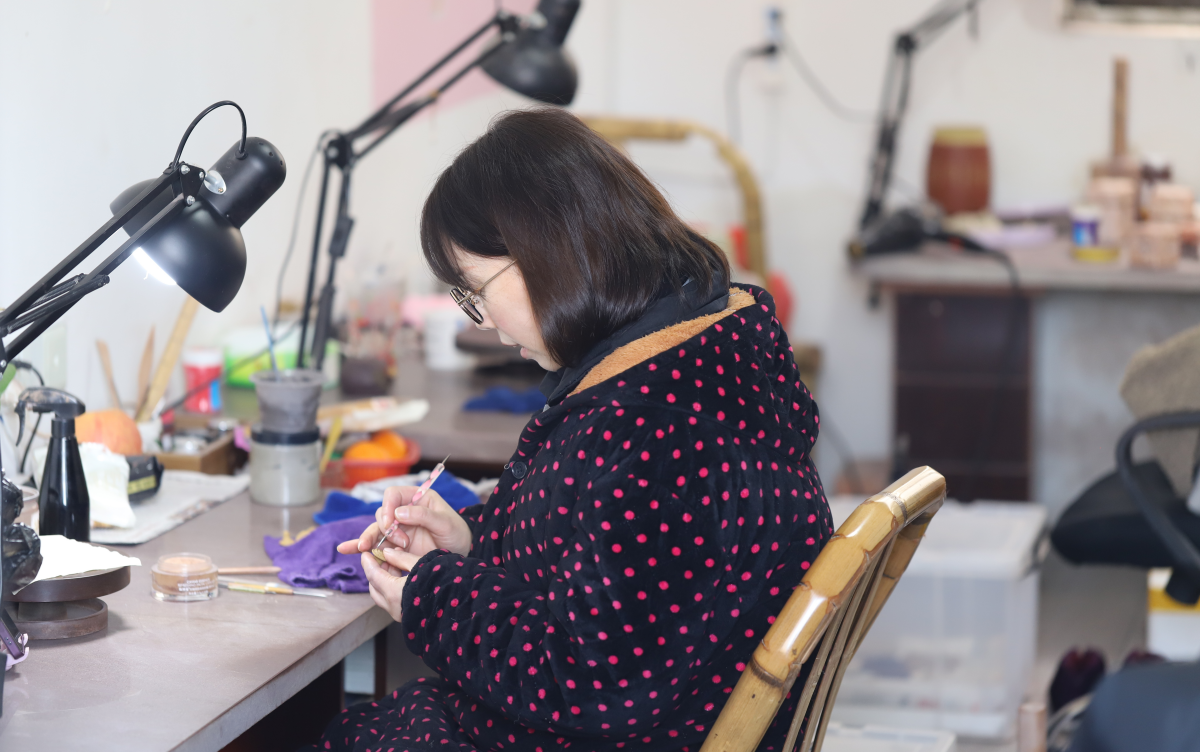
Famous Chinese Teapot Makers
Master craftsmen stand behind each well-known teapot. The realm of Famous Chinese Teapot Makers and Regional Styles is interwoven with storied craftspeople whose pieces elevated the simple teapot into an art object and cultural source of pride. Meet a few of those famed makers and consider how their distinctive traditions continue to reverberate in teapot customs today.
Gu Jingzhou (1915–1996)
Often referred to as the “King of Yixing Teapots,” Gu Jingzhou dedicated his life to the craft of zisha clay teapots. He combined classic forms with a gentle personal aesthetic, creating pots that are highly prized by collectors. His teapots are crafted with precision, balanced proportions, and a quiet elegance. Gu’s work doesn’t shout; it whispers sophistication.
Shao Daheng (1832–1915)
An innovator by nature, Shao Daheng transformed the Yixing teapot tradition. He pioneered new shapes and surface textures, blending classicism with creativity. Shao’s pots often include poetic inscriptions and fine carvings, making each teapot a form of self-expression.
Chen Mansheng (1768–1822)
As a poet and a scholar, Chen Mansheng infused teapot design with intellectual meaning. Working with Yixing craftsmen, he developed the famous “Mansheng teapots,” small, scholar’s teapots incised with poems and literary motifs. Widely imitated, these teapots became a hallmark of the literati, combining tea culture with the world of arts and letters. “A good teapot is the silent companion of a thoughtful mind.” — Chen Mansheng
[fusion_
Signature Styles and Lasting Impact
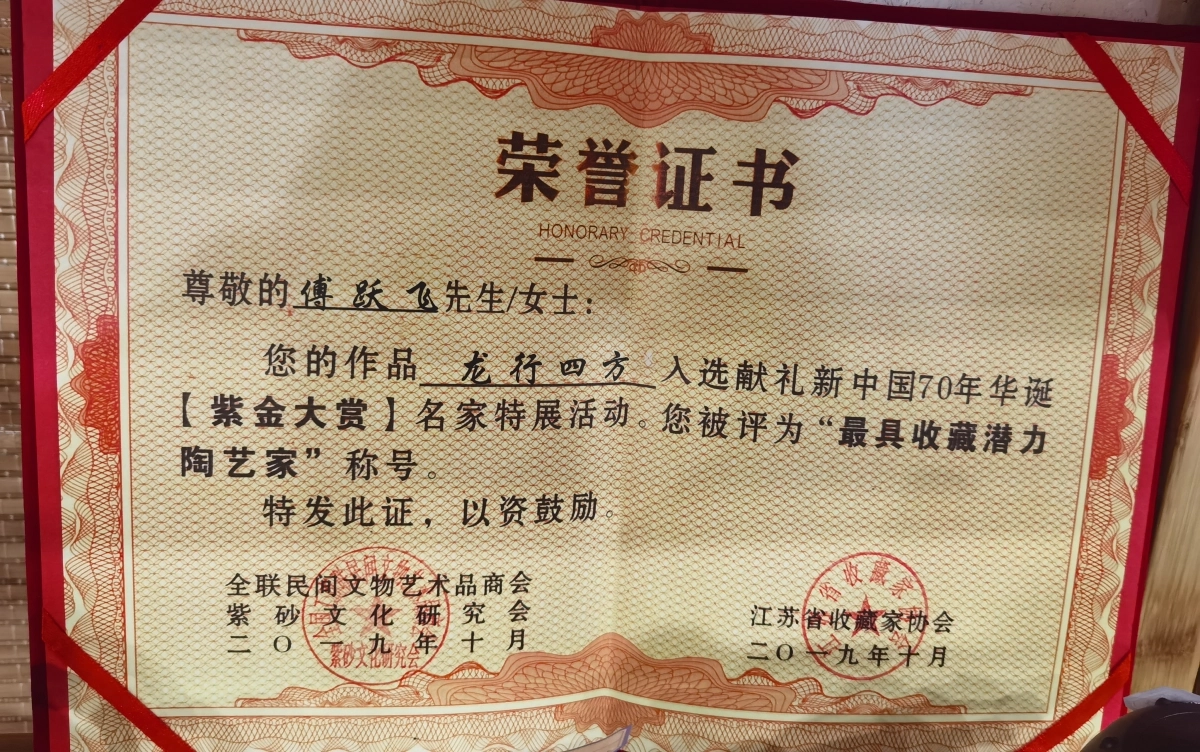
These famous makers didn’t just make beautiful objects; they set new standards for what a teapot could be. Gu Jingzhou’s focus on purity and form inspired generations of Yixing craftsmen. Shao Daheng’s sense of creative experimentation opened the door to modern interpretations. Chen Mansheng’s literary teapots created a bridge between art and utility, showing that a teapot could embody both function and philosophy.
Case Study: In 2010, an original Gu Jingzhou teapot sold at auction for over 10 million RMB (about $1.5 million USD), reflecting the enduring value and prestige attached to the work of legendary makers. More than a pastime, collecting teapots from these makers is one way modern people connect to a centuries-long tradition and see how craft, creativity and culture flow together. Their legacy trickles through every pour from a carefully crafted vessel.
Major Regional Styles of Chinese Teapots
China’s vast geography and rich history have produced an extraordinary range of teapot styles. The most celebrated regional traditions—Yixing, Jingdezhen, Chaozhou, and Dehua—each bring their own materials, techniques, and philosophies to the art of teapot making. Understanding these regional styles is key to grasping the full scope of Famous Chinese Teapot Makers and Regional Styles.
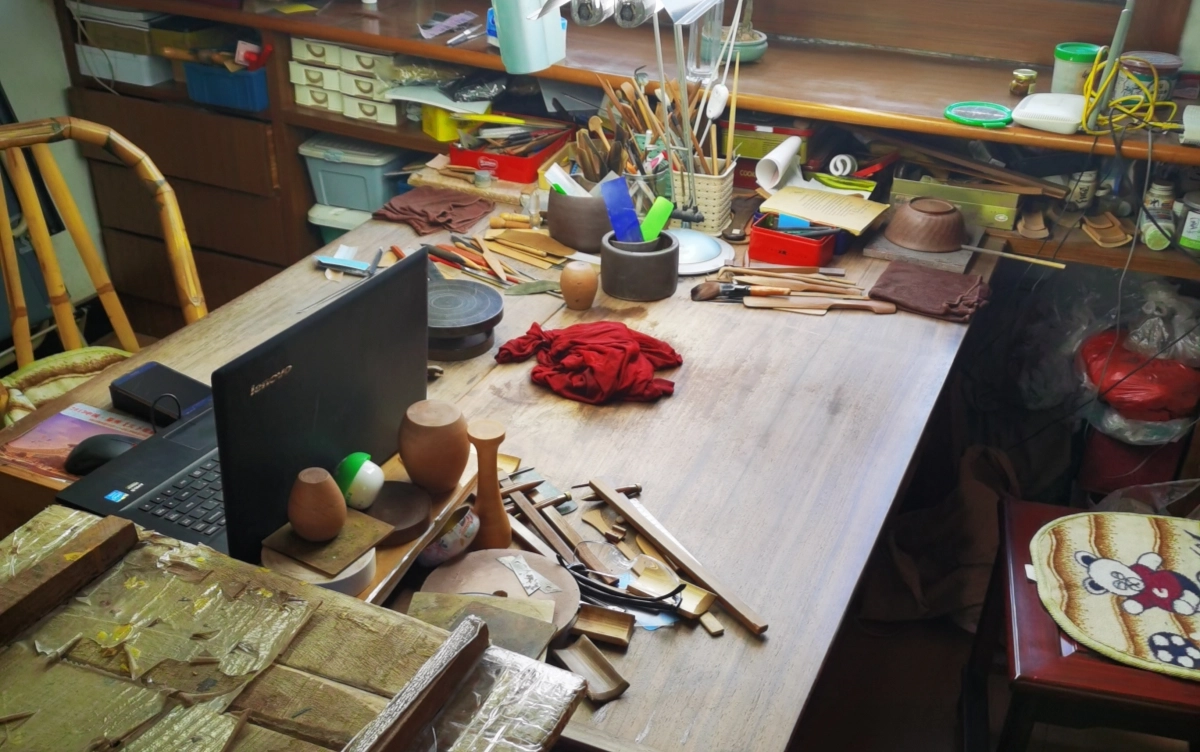
Yixing Teapots (Jiangsu Province)
If there’s one name that rises above
Why Yixing Stands Out:
Popular Yixing Clay Types: • Zisha (purple clay): Robust and heat-retaining. • Duanni (yellow clay): Fine texture, less common. • Hongni (red clay): Smooth, with a bright finish. Famous Yixing Makers: • Gu Jingzhou (referenced above) • Shao Daheng • Xu Xiutang Example: A seasoned Yixing teapot can fetch thousands of dollars at auction, as collectors value both artistry and the unique “memory” that the clay accumulates over years of use.
Jingdezhen Porcelain Teapots (Jiangxi Province)
Jingdezhen is sometimes referred to as the “Porcelain Capital of the World.” Teapots from this region are light and beautifully thin, and often feature exquisite blue-and-white or multi-colored glazes. Unlike Yixing teapots, Jingdezhen teapots pots are fully glazed inside and outside, making them perfect for lighter teas, such as green and white teas, where clarity and fragrance need to be preserved. Key Features: • Translucent, glassy appearance. • Impervious glazed surface does not absorb flavors and aromas—good for any type of tea. • Many are painted with landscapes, flowers, and calligraphy. Famous Jingdezhen Artists: • Wang Bingrong (Qing Dynasty) • Many contemporary studios creating limited edition art pieces Quote: “Porcelain is the canvas, tea is the paint, and the teapot is the frame.” — Jingdezhen proverb
Chaozhou and Dehua Styles
Chaozhou teapots made in Guangdong Province tend to be smaller and thinner-walled than Yixing pots. They heat up and cool down faster. Their spouts are engineered such that tea pours from the pot quickly, a useful quality given that Chaozhou pots are employed in the practice of gongfu tea ceremony, which often steeps in multiple, brief, short infusions. Dehua has belonged to Fujian Province, a part of China famous for its “Blanc de Chine” porcelain that is pure white in colour. Dehua’s teapots sport a smooth and simple aesthetic, sometimes lending them an almost-Buddhist flair. The whiteness of Dehua porcelain allows it to highlight the tea’s colour- in other words, every round of tea is a feast for the eyes. Dehua Unique Characteristics: • Chaozhou: red clay, fast pour, smaller size • Dehua: white porcelain, smooth texture, spiritually symbolic
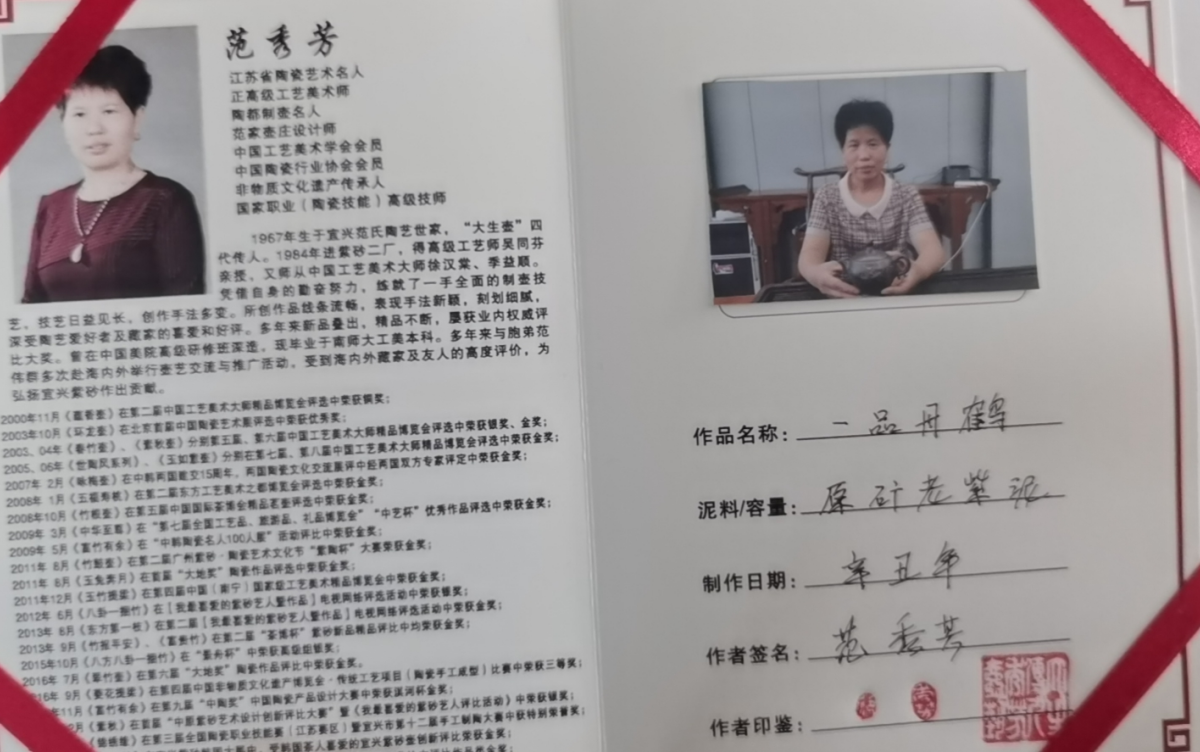
Choosing a style comes down to more than just aesthetics; regional craftsmanship affects tea’s taste, fragrance, and even the drinking ritual itself. Then, we’ll compare styles and explain how to choose the best teapot for your tea.
Comparing Regional Styles
Choosing a teapot is also a matter of how it fits the tea, the means and methods of preparation and your mood. Famous Chinese Teapot Makers and Regional Styles offers an array of the option with varying from respective region with their benefits.
How Regional Styles Vary
Let’s go through each of the main differences: Materials: Yixing crafts its teapots out of a porous zisha clay, Jingdezhen out of a smooth porcelain, Chaozhou out of a thin red clay, and Dehua out of a snow-white porcelain. The kind of material influences both flavor and durability. Shape and Size: Yixing teapots are most often small and plump, ensuring the tea stays hot; Jingdezhen’s gentle curves are not only attractive, but highlight color and smell; Chaozhou’s diminutive teapots bestow a concentrated flavor and allow for a long series of quick infusions; and Dehua’s plain shapes elicit purity in both flavor and sight. Functionality: Yixing teapots are “seasoned,” with each brew adding a little to the pot’s flavor. Porcelain teapots are not absorbent, so the flavor doesn’t linger. Chaouzhou teapots express the intricacies of the gongfu ceremony, while the sturdy Dehau porcelain is best for accentuating the color of the tea.
How to Choose the Style of Teapot Which Suits You
Ask yourself: • What sort of tea do you most often brew? • Which style of teapot do you like best: traditional, artistic, or innovative? • Do you favour heat retention (functionality) or aesthetics/beauty? • Do you drink more solo, or more often in company?
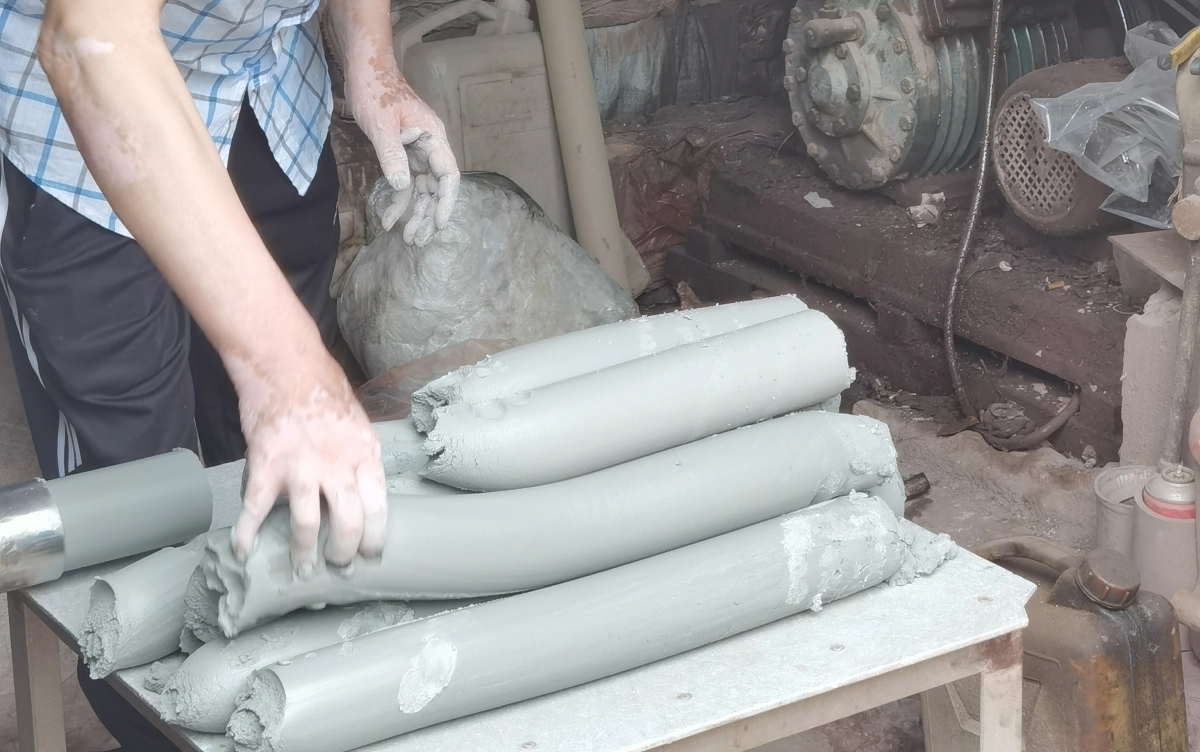
Fun Fact: Many tea masters won’t limit themselves to one region; instead, they will collect teapots from many areas and switch styles depending on the tea and the context. Consider it like changing brushes when painting, picking the right tool for every unique masterpiece. Understanding these subtle differences will prepare you for a much richer and more rewarding experience with your tea. Now that you know the different types of Chinese teapots, let’s see how to separate authentic craftsmanship from copycats and subpar products.
How to Identify Authentic Chinese Teapots
In a market where imitations and factory-made replicas abound, finding a genuine Chinese teapot made by a famous maker or after a true regional style is akin to prospecting for gold. Seasoned collectors and drinkers know that authenticity is paramount—both to good brewing and to long term value.
Signs of Quality and Craftsmanship
Material and Texture: Authentic Yixing teapots have a dense and slightly rough feel from the natural zisha clay. Jingdezhen porcelain is smooth and cool to the touch, with a touch of translucence when held to the light. Neither should the surface of a Chaozhou or Dehua piece feel waxy or washed out. Get to know what the ceramic is supposed to feel like before you make a purchase. Maker’s Mark: Always seek out some sort of mark or seal on the base, lid, or handle. Famous makers would often inscribe their name, a poetic phrase, or a studio logo. Gu Jingzhou’s teapots, for instance, bear his personal seal. Similarly, many Mansheng teapots are inscribed with literary passages. Construction Quality: A true teapot will have a seamlessly fitting lid, a straight and aligned spout, and a well designed handle. Pour some water into the pot—if the pour is smooth and even, you are probably holding genuine article. Patina and Color: Yixing teapots often acquire a vibrant sheen through years of use. New teapots, in contrast, should look matte and earthy—not polished. Jingdezhen porcelain, on the other hand, should have clear, fresh glaze work and bright enamel colors.
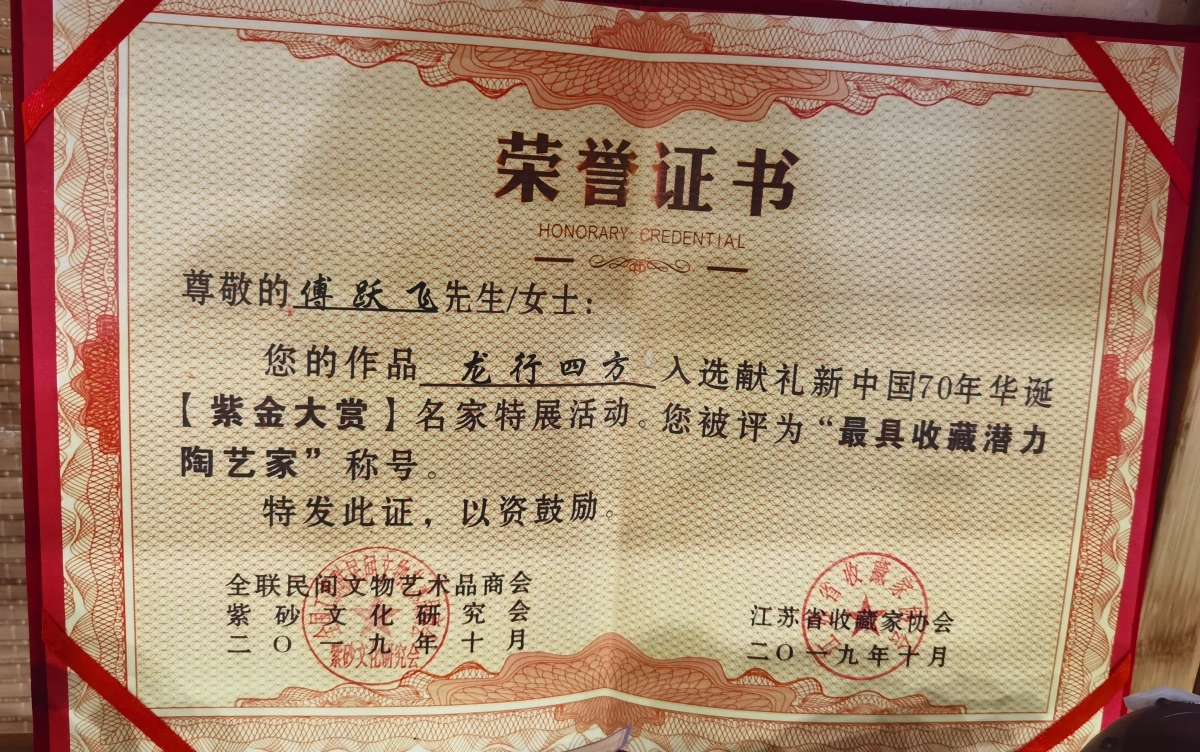
Typical Marks and Signature from Makers
Tip: Ask for provenance (proof of ownership) before purchasing– documentation of its purchase history, auction results, or authentication from a recognized expert. If a seller has nothing to hide, then they should be willing to give you more information if available. How a collector discovered a rare Mansheng teapot in a Hong Kong market for less than $500: A Renowned Chinese teapot collector in Hong Kong decided to buy a local Mansheng teapot at a Hong kOng flea market due to its literary poem inscription on one side and the Wang Bingrong signature on the other side. After having expert verification, the pot discovered turned out to be a genuine Mansheng teapot and made by Wang Bingrong who was a famous potter maker. This collector then had the piece auctioned off in one of Hong Kong’s antique auction houses and today this teapot is worth more than $20,000 USD!
Collecting and Caring for Chinese Teapots
Collecting genuine Chinese teapots is more than just owning beautiful objects; it’s a way to engage with history, craftsmanship, and the ethos of tea culture. Whether you are captivated by the russet glow of Yixing, the pearly sheen of Jingdezhen, or the unadorned elegance of Dehua, collecting these teapots invites you into a world of tradition and expressiveness.
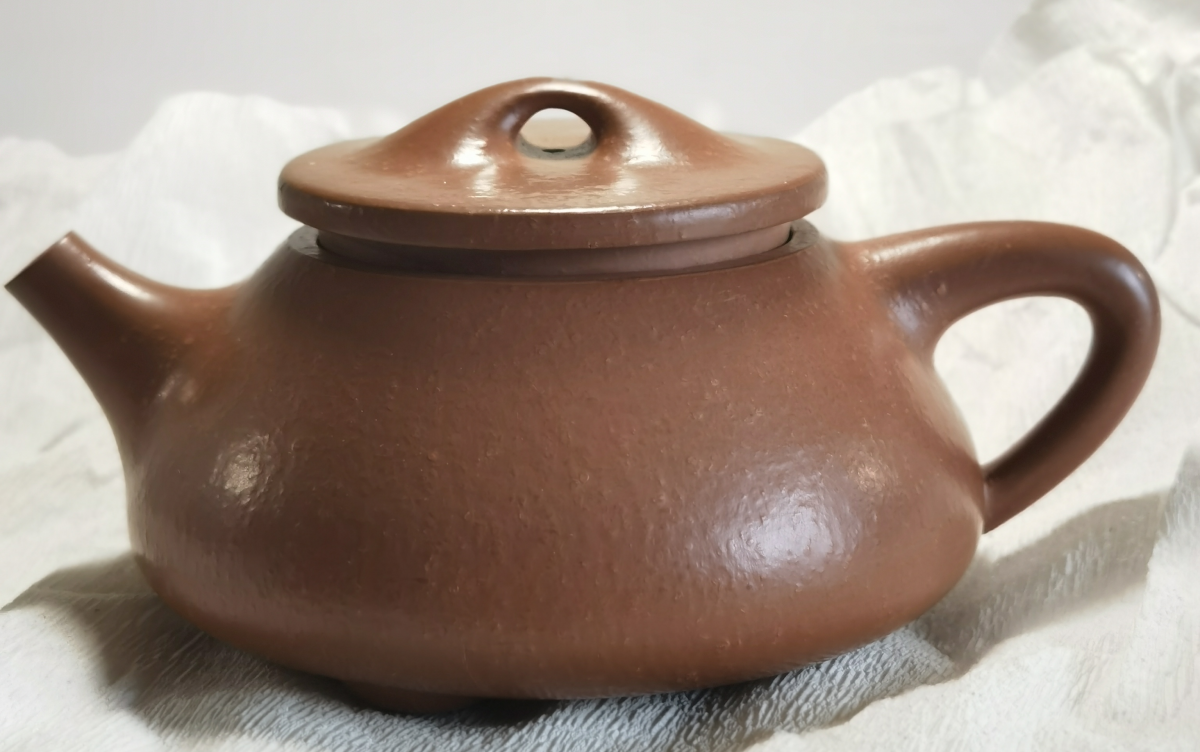
Tips for Starting a Collection
Do Your Homework: Study famous makers, regional styles, and common marks before making a purchase. Visit respected dealers, museums, or online auctions and handle authentic examples. Start Small: Try acquiring just one or two teapots from different regions. Explore different teas and examine how each vessel impacts taste and aroma. And take your time—the best collections evolve slowly. Seek Provenance: Always ask for certificates of authenticity, photos of the maker’s mark, and any proof of ownership when possible. Provenance will not only add value to your purchase, it will enhance the story behind your collection. Network: Join tea clubs, online forums, or visit exhibitions. Experienced collectors love to share their advice, and these communities will help you avoid costly mistakes.
Basic Care & Maintenance Tips
A beloved teapot actually improves with use — particularly Yixing clay, which increases in patina and develops exceptional flavor for tea. Here’s how to keep your collection in peak condition: Yixing Teapots • After each use of your Yixing teapot, rinse it out with hot water. Do not use soap, as the clay is porous and soap can seep into it. • Use one teapot for one type of tea only. • Allow it to air dry completely before putting it away. Porcelain from Jingdezhen, Chaozhou, and Dehua • Handwash gently with mild unscented soap if necessary. • Avoid applying sudden changes in temperature to prevent cracking. • Handle carefully. Unlike clay, porcelain breaks more easily. Storage instructions • Keep away from direct sunlight as this might cause colors to fade. • Make sure teapots are stored in a dry, dust free cabinet or on a shelf covered with a soft cloth. Fun fact: a single Yixing teapot, if used consistently and properly maintained and cared for, can last multiple generations, sometimes as a family heirloom, until it breaks. Collecting Chinese teapots is a journey—every piece tells a story, and every brew deepens your connection to the traditions of tea.
FAQs
Curious about famous Chinese teapot makers and styles from different regions? Here is the answers to some of the most common questions, packed with practical advice and essential information for collectors and tea lovers.
Conclusion: The Enduring Legacy of Famous Chinese Teapot Makers and Regional Styles
The world of Famous Chinese Teapot Makers and Regional Styles is a living testament to the enduring power of tradition, artistry, and innovation. From the earthy warmth of Yixing to the luminous beauty of Jingdezhen, each teapot tells a story—not only of the region and its resources but also of the creative spirit of legendary makers like Gu Jingzhou, Shao Daheng, and Chen Mansheng. Collecting and using teapots is about more than drinking a great cup of tea: it’s about participating in a rich cultural history. Over the centuries and generations, they’ve shaped how tea is brewed, enjoyed and shared. The regional nuances of teapots allow us to try new tastes, appreciate the differences, and enjoy the work of a simple pour. Whether you are a seasoned collector or new to Chinese tea culture, understanding the nuances of famous makers and regional styles can add immense value and new dimension to each of your tea sessions. Simply by choosing authentic pieces, caring for them, and learning from the masters, you take part in a process of ancient tradition that continues to evolve and inspire.
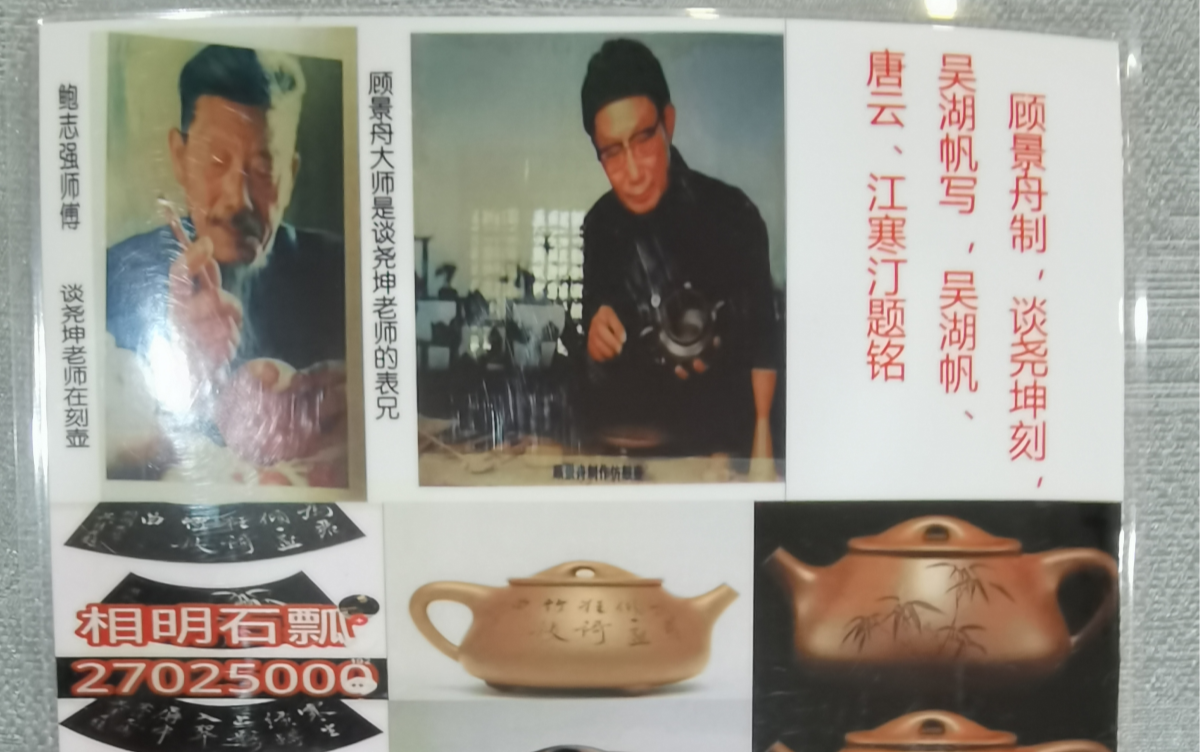




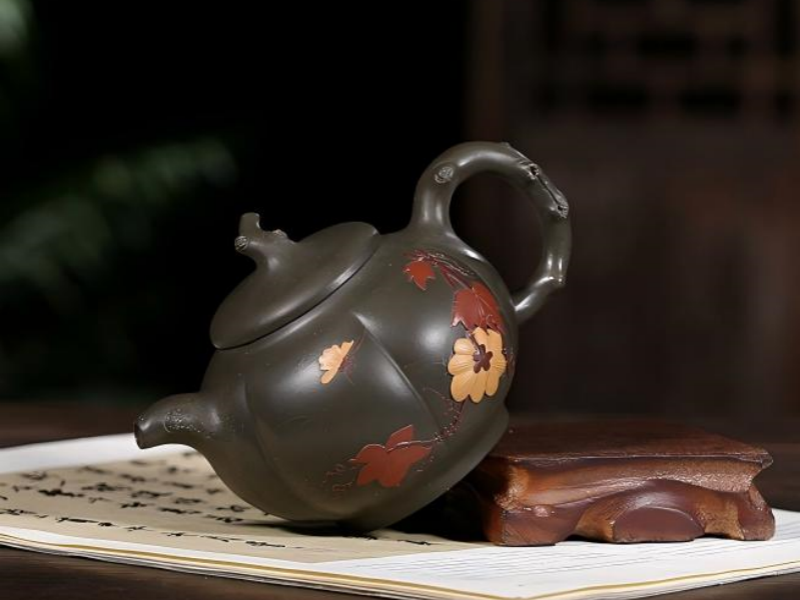



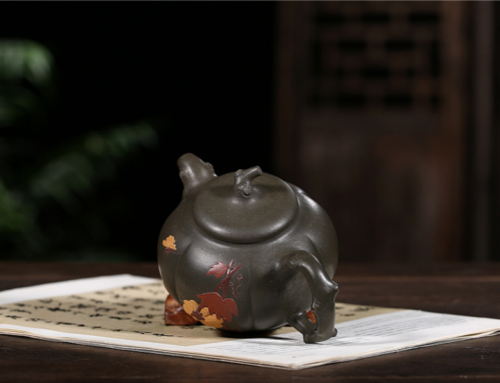
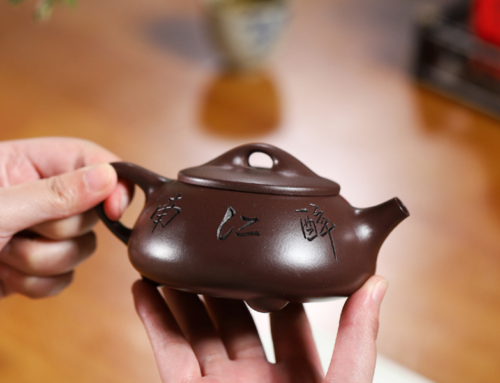



 Moon Palace - Master-Crafted Yixing Clay for Aged Teas | Yserene
Moon Palace - Master-Crafted Yixing Clay for Aged Teas | Yserene 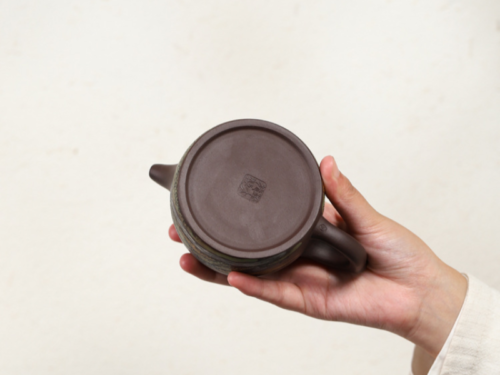 chinese teapot and cups with vibrant colors
chinese teapot and cups with vibrant colors